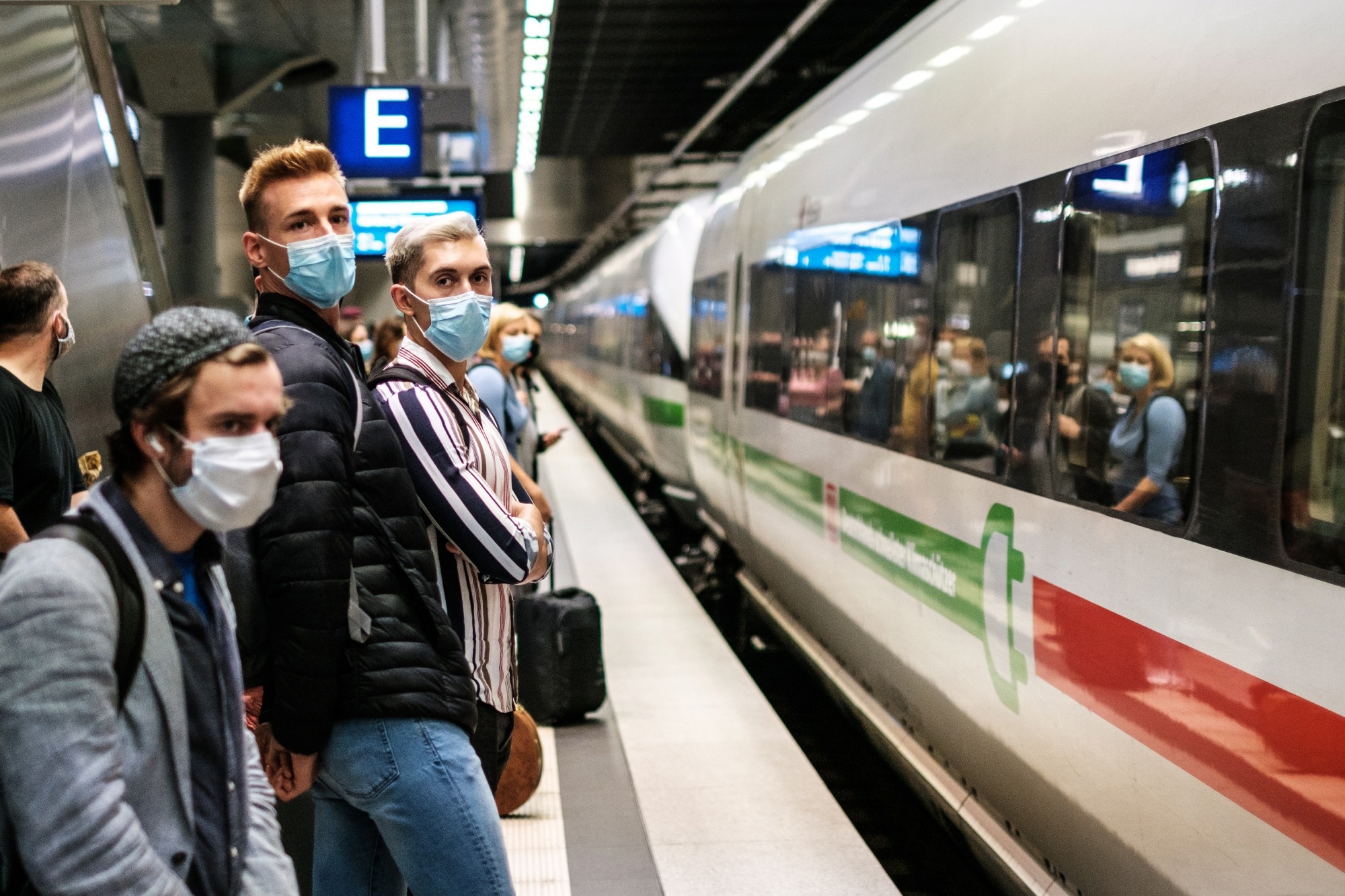In a recent study published in PLOS ONE, researchers measured the seroprevalence against severe acute respiratory syndrome coronavirus 2 (SARS-CoV-2) in blood donors from the states of Hesse, Lower Saxony, and North Rhine-Westphalia in Germany to determine the incidence of undetected asymptomatic SARS-CoV-2 infections.
 Study: Analysis of a German blood donor cohort reveals a high number of undetected SARS-CoV-2 infections and sex-specific differences in humoral immune response. Image Credit: hanohiki/Shutterstock
Study: Analysis of a German blood donor cohort reveals a high number of undetected SARS-CoV-2 infections and sex-specific differences in humoral immune response. Image Credit: hanohiki/Shutterstock
Background
The second and third waves of the coronavirus disease 2019 (COVID-19) pandemic occurred in Germany between October 2020 and February 2021, and March and June 2021, respectively. Non-pharmaceutical mitigation measures such as lockdowns and vaccination efforts successfully reduced the infection rates. The national vaccination campaign in Germany prioritized the vaccination of the elderly and at-risk groups such as healthcare workers.
While acute SARS-CoV-2 infections are confirmed through polymerase chain reaction (PCR) tests, more than a third of the cases are considered asymptomatic or mildly symptomatic. Serological testing is an efficient method to detect antibodies, especially immunoglobulin G (IgG), from previous SARS-CoV-2 infections. While IgM antibody levels have been found to peak and fall rapidly during infection, IgG levels are thought to be detectable for close to 15 months after SARS-CoV-2 infections and can provide a more accurate assessment of COVID-19 incidence.
About the study
In the present study, the researchers used the remaining plasma samples from regular blood donors for anti-SARS-CoV-2 IgG antibody screening. Enzyme-linked immunosorbent assay (ELISA) was used for the initial detection of the viral spike protein. The seropositive samples were then subjected to chemiluminescent microparticle immunoassay to detect anti-receptor binding domain (RBD) IgG antibodies. Anti-nucleocapsid antibodies were measured using a fully automated serological ELISA.
Neutralizing antibodies were detected using the surrogate virus neutralization test (sVNT) assay, which mimics the interaction between the virus and the host using an immobilized angiotensin-converting enzyme-2 (ACE-2) receptor and purified RBD proteins. Additionally, an anti-SARS-CoV-2 semi-quantitative ELISA was used to test the avidity of the antibodies.
Results
The results indicated that the incidence of SARS-CoV-2 infections detected through serological testing was higher than the officially reported incidence. Among the 3759 samples tested, natural SARS-CoV-2 infection was detected in 5.48% (206) of the blood donors. North Rhine-Westphalia had the highest incidence (5.62%), while Hesse had 5.51% and Lower Saxony had 5.15%.
All the 88 samples that were analyzed for neutralizing antibodies and antibody avidity revealed a rapid decay of neutralizing and binding IgG antibodies against SARS-CoV-2 and low avidity during the 181 days of follow-up. When the results were analyzed according to sex, the IgG antibodies against SARS-CoV-2 were seen to decline more rapidly in males than females. Furthermore, neutralizing antibody persistence and increased avidity were stronger in female donors than in males.
The seroprevalence against SARS-CoV-2 increased steadily during the second COVID-19 wave from December 2020 and peaked in February 2021. The authors believe this trend could be explained by seasonal variations, with the low temperatures causing people to spend more time indoors, increasing the transmission of SARS-CoV-2. Furthermore, large gatherings during the holiday season could also have increased the spread of the virus.
The subsequent decrease and increase in seroprevalence during May and June 2021, respectively, could be attributed to the emergence of the Delta variant, which was known to be more transmissible than the earlier Alpha variant. The difference in seropositivity rates across the three federal states is thought to correlate to the population densities, with North Rhine-Westphalia being the densest, with 526 inhabitants per square kilometer, and Hesse and Lower Saxony having much lower population densities (297 and 167 individuals per km2, respectively).
The higher neutralizing antibody titers and increase in avidity detected in the female donors corroborate the findings from other studies that report a stronger anti-SARS-CoV-2 IgG antibody response in females compared to males. The authors believe that the stronger humoral immunity in females also explains the higher COVID-19-related morbidity and mortality seen among males.
Since the study group consisted of regular blood donors who are usually healthy individuals between the ages of 18 and 65, the results from the study cannot be easily generalized to the overall population, which consists of other groups, including immunocompromised individuals and patients with comorbidities. However, the results highlight the importance of using seroprevalence analysis for a better estimate of the COVID-19 incidence rates.
Conclusions
Overall, the results indicated that the incidence of SARS-CoV-2 infections was, on average 5.48% higher than those reported officially, with asymptomatic and mildly symptomatic cases not being detected through PCR tests. The study also reported that neutralizing antibody titers and antibody avidity was higher in females than in males, which could correlate to the increase in severity and deaths among male COVID-19 patients. Seroprevalence measurements are a good indicator of natural SARS-CoV-2 infections and longitudinal seroprevalence measurements could help assess the actual incidence of SARS-CoV-2 infections.